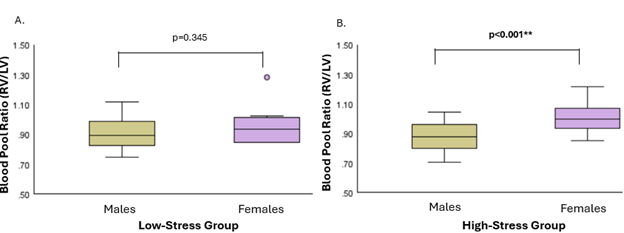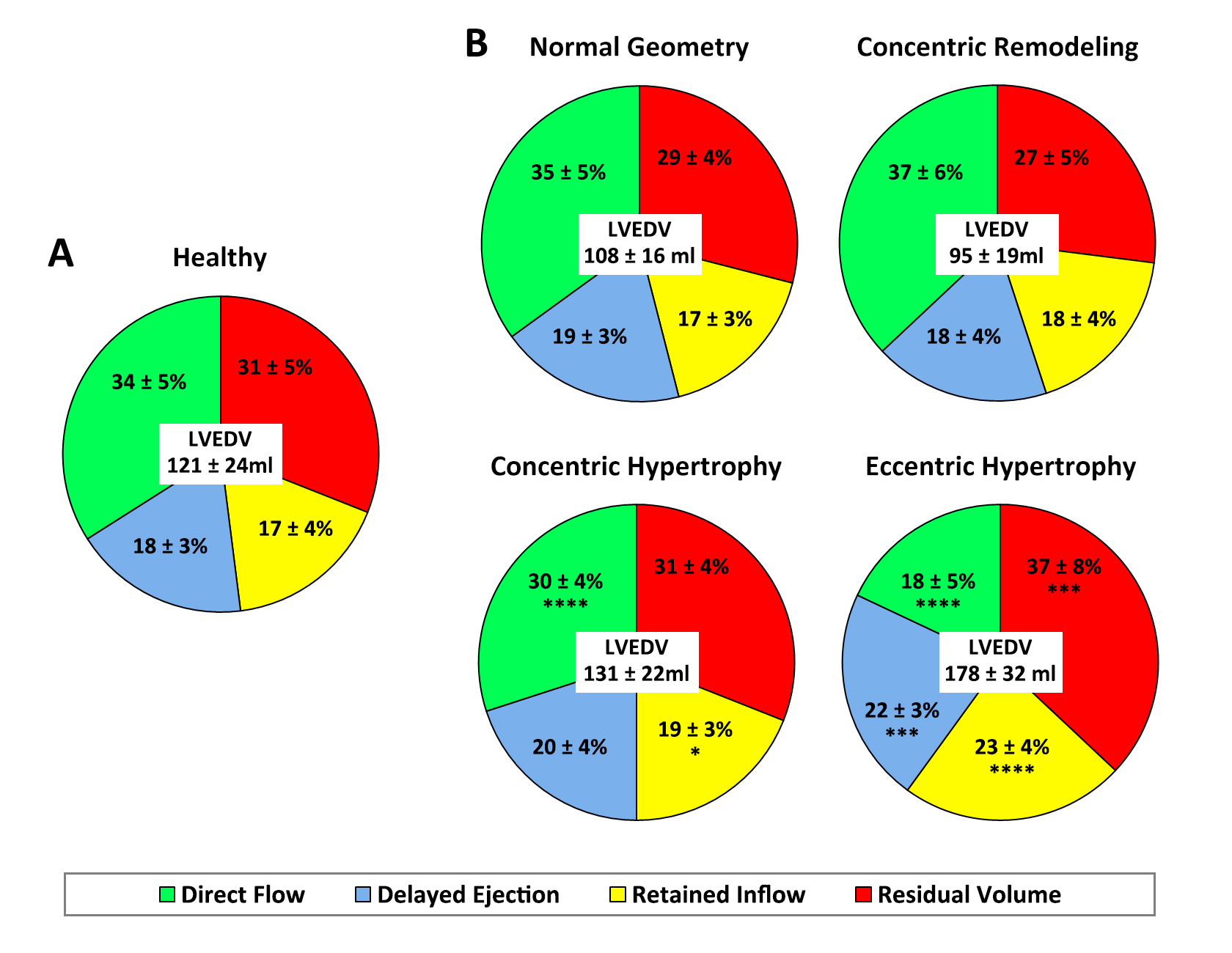Science Sessions
Left ventricular flow dynamics and energetics as hemodynamic markers for the assessment of myocardial response to bicuspid aortic stenosis
- YW
Yongshi Wang, MD, PhD
Senior Physician
Zhongshan Hospital, Fudan University, China (People's Republic) - YW
Yongshi Wang, MD, PhD
Senior Physician
Zhongshan Hospital, Fudan University, China (People's Republic) - YS
Yan Shan, MD, PhD
Senior Physician
Zhongshan Hospital, Fudan University, China (People's Republic) - JL
Jun Li, MD, PhD
Senior Physician
Zhongshan Hospital, Fudan University, China (People's Republic) - BW
Boting Wu, MD, PhD
Physician
Zhongshan Hospital, Fudan University, China (People's Republic) - FL
Feiwei Lu, BMSc
Student
Zhongshan Hospital, Fudan University, China (People's Republic) - YP
Yijun Pan, MSc
Resident
Zhongshan Hospital, Fudan University, China (People's Republic) - AB
Alex J. Barker, PhD
Associate Professor
Children's Hospital Colorado, University of Colorado Anschutz Medical Campus 
Michael Markl, PhD
Professor
Northwestern University Feinberg School of Medicine- JL
Jiang Lin, MD, PhD
Professor
Zhongshan Hospital, Fudan University, China (People's Republic) - XS
Xianhong Shu, MD, PhD
Professor
Zhongshan Hospital, Fudan University, China (People's Republic)
Presenting Author(s)
Primary Author(s)
Co-Author(s)
Psychosocial stress is linked to adverse cardiovascular outcomes, with sex differences observed in its impact on myocardial inflammation (1). However, sex-specific differences in cardiac oxygenation in response to stress remain poorly understood. Oxygenation-sensitive cardiac magnetic resonance (OS-CMR) combined with vasoactive breathing maneuvers provides a non-invasive method to assess myocardial oxygenation (2,3). This study investigates relationship of sex specific differences between stress and cardiac oxygenation.
Methods:
In this single-centre prospective study, we analyzed OS-CMR images performed on a 3T GE Premier scanner of participants with cardiovascular risk factors including obesity (Body Mass Index (BMI) > 30 kg/m², hypertension (systolic blood pressure (SBP) ≥ 140 mmHg or diastolic BP (DBP) ≥ 90 mmHg), and smoking but no overt CVD, and healthy volunteers. All participants completed a Perceived Stress Scale (PSS) questionnaire (4). The blood pool ratio (BPR), defined as the ratio of signal intensity between the right ventricle (RV) and left ventricle (LV), was calculated to assess ventricular oxygenation. Global SI values were calculated using cvi42 (Circle CVI, Calgary, AB, Canada), and BPR was calculated using a prototype MATLAB script (MathWorks, Massachusetts, USA). Analyses were stratified by sex and PSS groups (PSS score< 14: low-stress group, PSS≥14: high-stress group). Cardiovascular risk was estimated using the Framingham risk score (5). Comparisons between sex and stress groups were made using independent t-tests. Multivariable linear regression and Pearson correlations were conducted to explore associations.
Results: We enrolled 63 participants (42 at-risk for CVD and 21 healthy participants) from which 20 were in the low-stress group (54.3±9.2 years; 38.1% females) and 43 in the high-stress group (53.1±9.7 years; 55.8% females). Among participants in the high-stress group, females exhibited a significantly higher RV/LV BPR than males (1.00± 0.10 vs. 0.88 ± 0.10; p < 0.001). No differences in BPR were observed between sexes in the low-stress group (0.96 ± 0.15 vs. 0.90 ± 0.11; p = 0.345) (Figure 1). In the high-stress group, females had a BPR that was 0.442 units higher than males after adjusting for age, BMI, SBP and DBP, heart rate, and cardiovascular risk factors (95% CI = 0.018, 0.190; p = 0.0019). No significant sex difference in BPR was found in the low-stress group (B = 0.455, 95% CI = -0.051, 0.288; p = 0.149). (Table 1). HR showed a moderate positive correlation with BPR in females (r=0.494, p=0.004), but not in males (r=0.126, p=0.490).
Conclusion:
Our findings suggest sex differences in the relationship between stress and a novel oxygenation biomarker, with high-stress females showing a higher RV/LV BPR than males. This may represent sex-specific maladaptive physiological changes, possibly due to stress-induced hyperventilation and impaired oxygen extraction, highlighting the need for further research to explore these mechanisms and their clinical implications.
Comparison of blood pool ratio (RV/LV) between males and females in A. the low-stress group and B. the high-stress group. 
Comparison of LV flow components
LV flow components and KE profiles according to the onset of symptoms.jpg)

